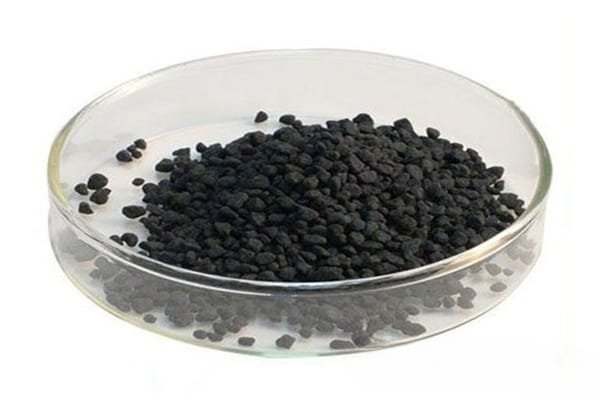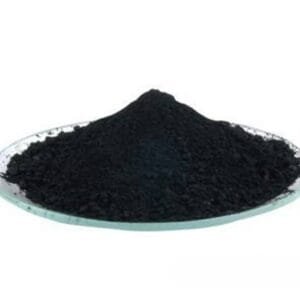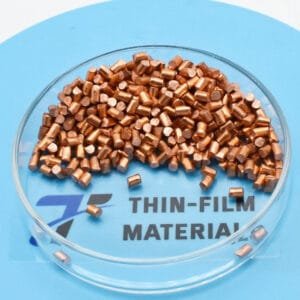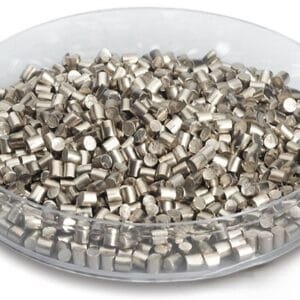Nickel Telluride Evaporation Materials Overview
Nickel telluride, with the chemical formula NiTe, is a specialized ceramic material used in evaporation processes. Known for its high purity, NiTe is crucial in producing high-quality thin films. At TFM, we offer nickel telluride evaporation materials with a purity of up to 99.9995%, ensuring reliable and consistent performance for various applications.
Nickel Telluride Evaporation Materials Specification
| Material Type | Nickel Telluride |
| Symbol | NiTe |
| Appearance/Color | Gray solid |
| Melting Point | N/A |
| Density | 7.3 g/cm3 |
| Purity | 99.9% |
| Shape | Powder/ Granule/ Custom-made |
Applications
Nickel telluride evaporation materials are widely used in deposition techniques such as semiconductor deposition, chemical vapor deposition (CVD), and physical vapor deposition (PVD). They are particularly useful in optical applications, including wear protection, decorative coatings, and display technologies.
Packaging Information
To maintain the quality and integrity of our nickel telluride evaporation materials, they are securely packaged in plastic vacuum bags. This packaging helps prevent damage during storage and transit. Additionally, each product is accompanied by a Certificate of Analysis (COA) to verify its quality.
Contact Us
TFM is dedicated to providing high-purity nickel telluride evaporation materials tailored for use in semiconductors, CVD, PVD, and optical applications. Our expertise in engineering, manufacturing, and analysis ensures that our products meet industry-leading standards. For inquiries or more information, please reach out to us.


 MSDS File
MSDS File



Reviews
There are no reviews yet.